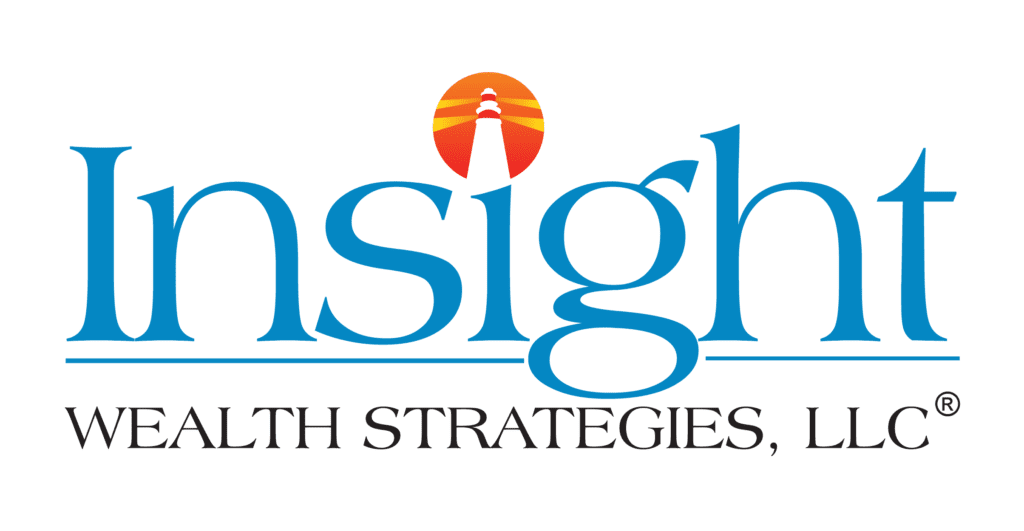2022 Tax Savings Tips
It’s been quite a year in both the stock and bond markets. High inflation and rising interest rates have put a crimp in everyone’s investment portfolio. As you head into the end of the year, there are several things you can do to help alleviate the pain of the decline in the markets by taking advantage of tax-loss harvesting, Roth conversions, charitable giving and tax-deferred contributions.
Tax-loss Harvesting
With the stock and bond markets both down this year, many investors are holding positions in their taxable accounts that have lost money since they bought them. This is a great year to take advantage of those paper losses and sell the positions. By selling them you can use the losses to offset gains from future sales as the markets recover. You need to be careful to avoid the “wash sale rule” by waiting 31 days to buy back the position or a similarly identical position. If you buy it back within 30 days, you will nullify the ability to use it to offset gains. By locking in those losses, you can offset up to $3,000 in ordinary income each year and carry forward the remaining losses to offset gains in future years.
Roth Conversions
You can also take advantage of the market decline by converting positions in your traditional IRA to a Roth IRA. You must pay taxes on the amount that you convert, but once they have been moved to a Roth IRA the earnings and appreciation will grow tax-free and you will not owe any taxes on future withdrawals. Roth IRAs are also not subject to required minimum distributions like traditional IRAs are. This is a particularly good time to do a Roth conversion if you’re in a lower income tax bracket this year. You’ll want to be careful not to convert too much so as not to put yourself into a higher income tax bracket. Also, higher earnings may trigger an increase in your Medicare Part B and Part D premiums.
Donor-Advised Funds
With the recent changes to the tax code that increased the amount of the standard deduction, many people aren’t itemizing their deductions and are unable to take advantage of charitable gifting deductions. One strategy is to “bunch” together several years’ worth of annual gifts into a donor-advised fund, which allows you to take an up-front deduction and then give to the charities of your choice over time. By bunching one lump sum this year it may increase your deductions above the standard deduction amount and allow you to itemize. You can also gift appreciated stock from a taxable account and avoid having to pay capital gains on the sale of those positions.
Qualified Charitable Distributions
If you are 70 ½ years of age or older you can gift up to $100,000 per year from an IRA account directly to charity and reduce your taxable income dollar-for-dollar. This is especially attractive for those who are 72 years of age or older and are required to take a minimum distribution from their IRA account.
Maximizing Retirement Account Contributions
With the stock market down, many people are hesitant to contribute more to their retirement accounts for fear of losing money. Given that these retirement assets have a longer time horizon to grow before you start taking withdrawals, this is a great time to increase the contributions to your company 401(k) plan. You can contribute up to $20,500 to your company retirement plan in 2022, along with an additional $6,500 in catch-up contributions if you’re 50 years of age or older. Over time these contributions will grow as the stock market recovers, and you will be happy that you increased your contributions when you did.
As difficult as it is to look at the declining value of your portfolio during these stressful times, it is important to remember that over time the stock market will recover and there will be brighter days ahead. In the meantime, take advantage of the situation by reducing the amount of tax that you pay this year and in future years.
Written by,

Tim Raftis, CFP®
Tim Raftis is a comprehensive, fee-only financial planner with Insight Wealth Strategies. With over 30 years in the financial services industry, Tim draws on his extensive experience to offer clients customized solutions to managing their wealth.
Want to read more articles by Tim?
Insight Wealth Strategies, LLC is a Registered Investment Adviser. Advisory services are only offered to clients or prospective clients where Insight Wealth Strategies, LLC and its representatives are properly licensed or exempt from licensure. Past performance is no guarantee of future returns. Investing involves risk and possible loss of principal capital. No advice may be rendered by Insight Wealth Strategies, LLC unless a client service agreement is in place.
Insight Wealth Strategies, LLC (IWS) and its affiliates do not provide tax, legal or accounting advice. This material has been prepared for informational purposes only, and is not intended to provide, and should not be relied on for, tax, legal or accounting advice. You should consult your own tax, legal and accounting advisors before engaging in any transaction.
Certified Financial Planner Board of Standards Inc. owns the certification marks CFP®, CERTIFIED FINANCIAL PLANNER™, in the U.S., which it awards to individuals who successfully complete CFP Board’s initial and ongoing certification requirements.




